Chana ORLOFF (1888 - 1968)
- EG-xiste
- Jun 4, 2023
- 8 min read
Updated: Oct 29, 2023
Auguste Perret: a studio for an artist
After Mela Muter, let's continue the series "a workshop for an artist", with Chana Orloff, another emblematic figure of Montparnasse and the school of Paris.

Since the French Revolution, Paris has been the undisputed capital of the artistic world. The 19th century is crossed by different movements: Realism, Impressionism and Post-Impressionism. During the first half of the 20th century, a large community of artists from all walks of life, French and foreign alike, formed in Paris, thus strengthening the position of the French capital.
Among these artists, a young woman will be noticed very quickly until becoming one of the major figures of this community that is commonly referred to by the expression "Paris School".
Her name is Chana Orloff.


Chana Orloff was born in Ukraine in 1888, the second youngest of nine children. Her father is a teacher, her mother is a midwife.
From an early age, she struggled to accept her destiny as a young girl prepared to become the future wife of a man who would be chosen by her parents.
She learns to read in the evening in secret with the help of one of her brothers, then manages to convince her parents to send her as an apprentice to become a seamstress.
From the suburbs of Tel Aviv to Paris, a prelude to sculpture
His life changed for the first time around the age of sixteen. The family home is burned down. The Orloffs are forced to leave the country for Palestine, driven out by Jewish ostracization and pogroms.
The family is destitute, her brothers work in the fields while Chana does sewing work that allows her family to live. She is very quickly noticed by the director of the school where one of her brothers teaches gymnastics. He managed to convince her to leave for Paris to follow advanced training as a seamstress so that when she returned she could claim to make it her real job.
Chana arrived in Paris in 1910 and became an apprentice in the haute couture house of Jeanne Paquin. She also takes evening classes to complete her training. This is the second turning point in his young existence. One of her professors saw a real talent in her and encouraged her to apply for the entrance examination for the School of Decorative Arts.
She enters the school with flying colors, finishing second in the competition. These three years of training will allow her to acquire a solid base as a designer and sculptor. Sewing is now a thing of the past.
Eager to learn and a hard worker, Chana frequents museums to copy the works of the great masters by drawing. She also studied sculpture at the Marie Vassilieff academy in Montparnasse, a meeting place for the Parisian artistic and literary world. She befriends Soutine, Modigliani, Zadkine and many more.
1913-1919, first recognitions, moments of joy and sadness
As early as 1913, his first sculptures began to be noticed at the Salon d'Automne. His very personal style, far from any academicism and dogma, does not go unnoticed.
After completing her studies, she moved to a studio on rue du Pot-de-Fer in the 5th arrondissement, then rue d'Assas.
After the first two years of the war not conducive to exhibitions, 1916 is an important year. Chana marries poet Ary Justman and exhibits for the first time alongside Matisse, Van Dongen and Rouault.
The reviews and collections of her husband, SIC" and "Poetic Reflections" are regularly accompanied by drawings and engravings by Chana.
His son Élie was born in January 1918.
A year later her husband died of the Spanish flu, then her son was stricken with poliomyelitis at the age of three. Despite all her hardships and the precariousness of her situation as a single mother, Chana faces up and takes refuge in work.
1919-1925, the consecration
The years that followed were those of international recognition and recognition. Chana is confirmed as a great figurative sculptor. She has a strong interest in portrait sculpture and like Mela Muter in painting, becomes quickly one of the most sought-after portraitists of the Parisian elite.

Chana Orloff sculpts women of the artistic or literary elite. They are modern, sexually and economically liberated. The facial features are recognizable but the shapes are deliberately stylized and abstract.
Move-in Villa Seurat
The year 1925 saw her receive the Legion of Honor and French nationality for her and her son. That same year, she acquired a plot in the artists' city project of the brothers Jean and André Lurcat.
The architect and friend Auguste Perret is mandated to build him a house-workshop, the construction will take less than six months.

The facade
Unlike the new constructions of the Modern Movement with their smooth and stripped facades, Auguste Perret composes a facade, which like many of his creations, plays on a differentiation between the structural frame and the filling.
This decorative facade with its staggered brickwork gives the workshop a classic character that stands out from all the buildings on the street built at the same time.

Priority is given to light and volumes. Two vertical posts and two horizontal beams structure and divide the facade.
A first horizontal part with wide solid wood doors to facilitate the passage of large sculptures.
A completely glazed central part to bring light to the main rooms.
A last level with a staggered brick filling and two small windows, the whole enhanced by a wide cornice.
The interiors
Auguste Perret fulfills the wishes of Chana Orloff by designing an ingenious interior plan.
The ground floor is made up of two "studios".
The first studio is designed as an exhibition space. It has a north-facing street facade with a mezzanine gallery on two sides allowing the sculptures to be viewed from above.
The second studio is strictly speaking the workshop. It is positioned at the back of the exhibit and has natural lighting from above.
The private part has remained so today and is therefore not visible.
The accommodations included a mezzanine sleeping cabin for a nanny and upstairs, two small bedrooms, a living-dining room, a kitchen and a bathroom.
The style is totally refined.
Chana Orloff used to say during interviews "I don't like furniture, I prefer walls to furnish ". However, the few pieces of furniture present were all designed by his designer friends Francis Jourdain and Pierre Chareau.
Chana and her son Élie quickly settled into this new house-workshop. The ten years following this move will be those of consecration. Chana Orloff has matured in her art and exhibits throughout Europe and especially in the United States. She will stay there in the United States for nearly six months. Private purchases and state orders finally ensure financial security.

Chana Orloff and Élie at Villa Seurat.
With from left to right the painters Chaïm Soutine, Émilio Grau-Sala and Lloyd.
The dark years, his exile in Switzerland
German occupation and anti-Jewish laws are on the rise. Chana Orloff is grateful to France for having her welcomed, awarded the Legion of Honor and naturalized French in 1925. But after agreeing to wear the imposed yellow star, she, like the entire Jewish community, was increasingly threatened.
A first attempt to leave Paris ended in failure. In 1942, she managed to leave Paris with her son thanks to a senior police official who warned her founder, Alexis Rudier, the impending roundup of the Vel d'Hiv .
After passing through the free zone, they arrive in Switzerland and pass through a reception camp. The guarantees of Genevan knowledge of the art world allow them to leave the camp.
Chana Orloff gets back to work in a workshop lent by a painter friend.
Since the beginning of the occupation, Chana Orloff deliberately produces portraits and small pieces. She takes some of these achievements to Switzerland, which allow her to survive at the beginning of her exile. She continues this pocket sculpture in exile and the systematic orders of Swiss friends allow her to hold on financially.
There are portraits with a very marked 1940s aesthetic, they are similar but have deliberately exaggerated facial features (nose, eyes, chin,... ). A more direct language which makes it possible to transcribe the character traits of its models.
The Return
May 1945, Chana Orloff returns to Paris. She discovers a devastated workshop there. The works they were unable to save disappeared or were mutilated or even destroyed. Much of the original plasterwork was stolen or destroyed by the occupier. Chana Orloff managed to bring her workshop back to life thanks to the support of her rare friends still alive after these dark years. She reinstalls drawings and paintings of her close artist friends; Max Jacob, Marc Chagall, Tsuguharu Foujita, Alexandre Yacovleff and many more.
But the drama and the horrors of this period touched him deeply. She will exorcise this indelible pain by producing one of her major pieces: The Return.

A powerful and in itself accusatory work. It remains "private" for a long time and is not presented to the public until 17 years after its realization Place Beauvau in Paris in 1962.
A hitherto unusual signature for Chana Orloff which seems to express both her torments and her difficulty in extracting herself of the reality of the time.
We are faced with a linear mass without real plan and articulation, a emaciated human form, carved with hardness: a questioning of human nature.
There will therefore be a before and an after the Second World War and the genocide. The style of her works has changed and Chana Orloff is well aware of this.
A true artist, sincere, constantly evolving. This evolution is dictated by circumstances... a true artist cannot extract himself from his time... and our time is one of harshness.
The evolution of her work does not prevent her from experiencing success all over the world where she is once again exhibited. Major retrospectives are organized in Paris, Amsterdam, Oslo, New York, Chicago and San Francisco and Tel-Aviv.
In 1948, the State of Israel is proclaimed, Chana Orloff then shares its existence between Paris and Israel. She was also chosen by the new independent state to create a series of commemorative monuments.
The year 1950 marked the beginning of a period rich in new works. All of his achievements are marked with the seal of memory with expressions that are often severe, rough or painful.
The Hebrew state asked her to create a monument dedicated to working women. Several works will be born from this new commission: Sower, Porter, Picking, Gleaner, Sheaf Carrier and Woman with Basket.
The Woman with basket was selected and executed in plaster but will never be cast in bronze and built because of its cost and religious opposition to the representation of this woman whose character was too voluntary and free for their taste.

Chana Orloff, while continuing to produce numerous portraits in during his stays in Israel,
gradually reconnects with fluidity and produces numerous works with abstract and stylized figuration but also portraits with a very contemporary beauty.
Chana Orloff continues for more than seventy years to deploy the same energy and vitality in her works throughout the 60s.
She returns to Israel for a retrospective in Tel Aviv on the occasion of her 80th birthday. Shortly before the inauguration, she fell ill and was taken to the hospital, she died on December 18, 1968.
For those of you who pass through Paris, lovers of architecture and sculpture, I recommend that you add to your visits that of the studio of Chana Orloff.
Located in a cul-de-sac with remarkable architecture, this workshop is one of the rare (the only?) to have retained its original identity.
Auguste Perret designed and produced this functional workshop with simplicity and talent. Like its owner, a place where it is good to live and work.
In this place bathed in light and surrounded by numerous works by the artist, you will feel the permanent presence of Chana Orloff . And to go through the episodes of his life you will have the chance to have as a guide his grandson Eric Justman.




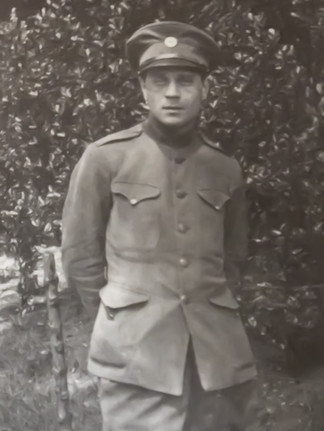


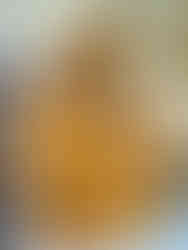




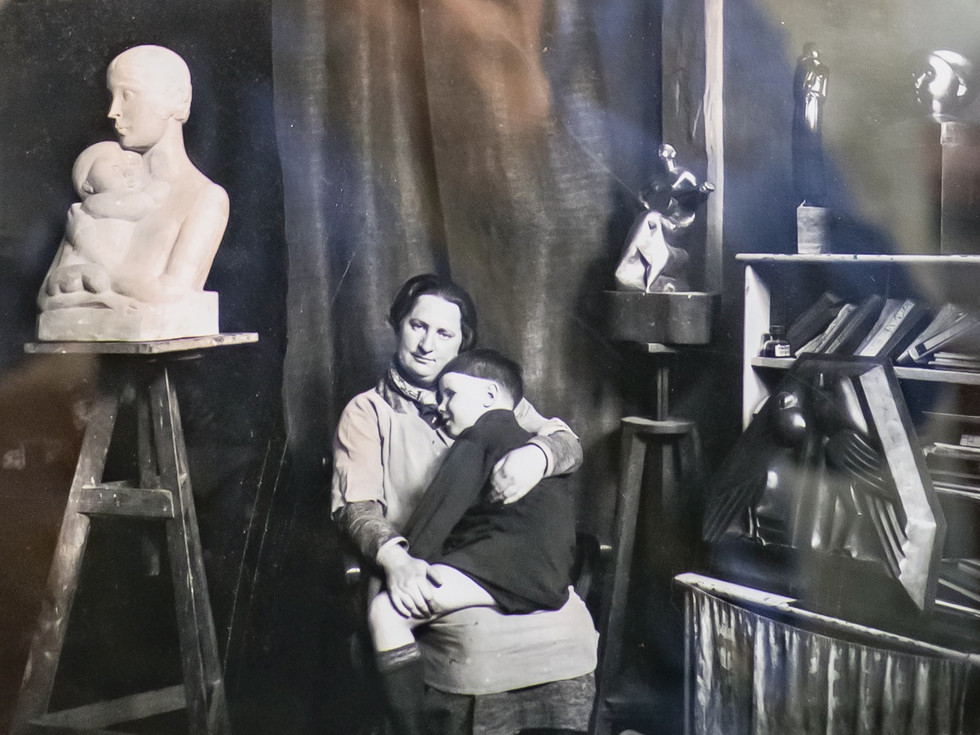
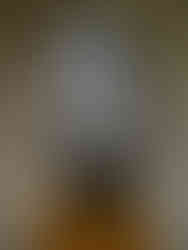

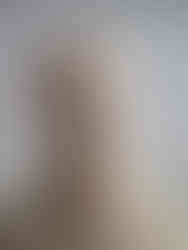






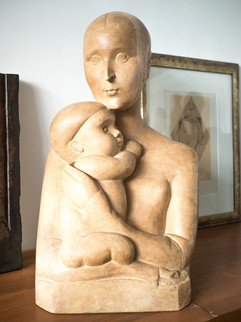

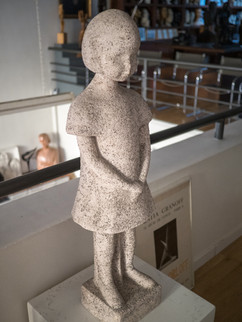





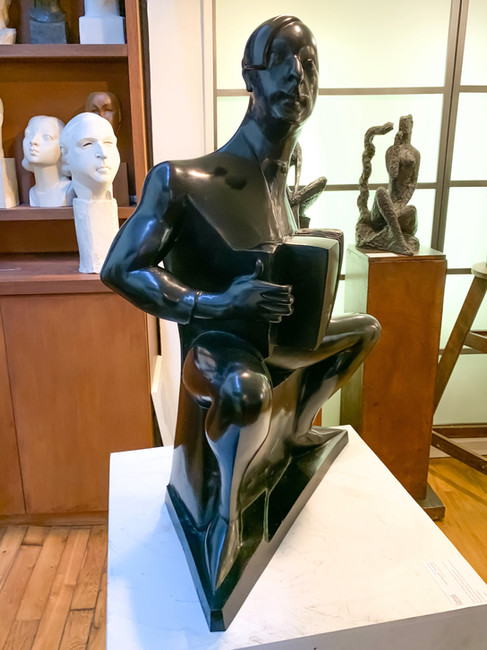

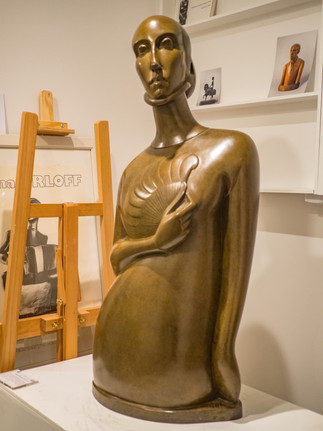





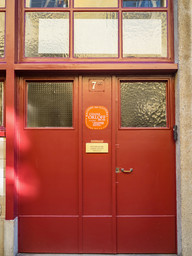


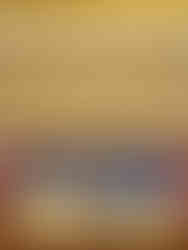


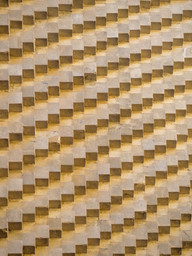






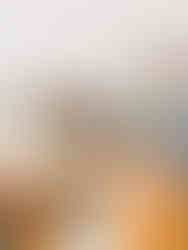



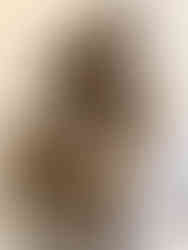




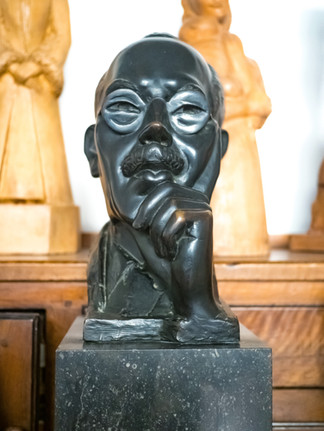


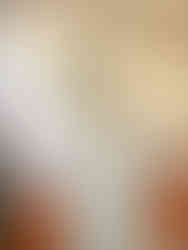


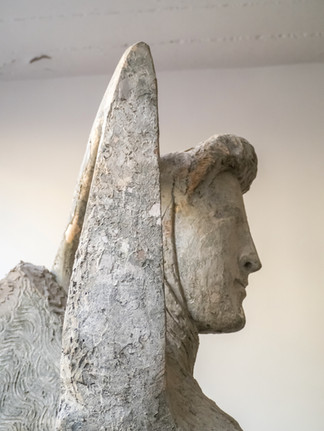



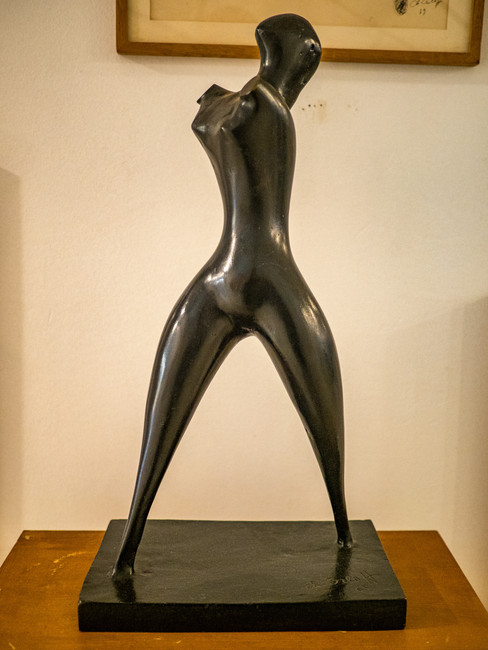


Commenti